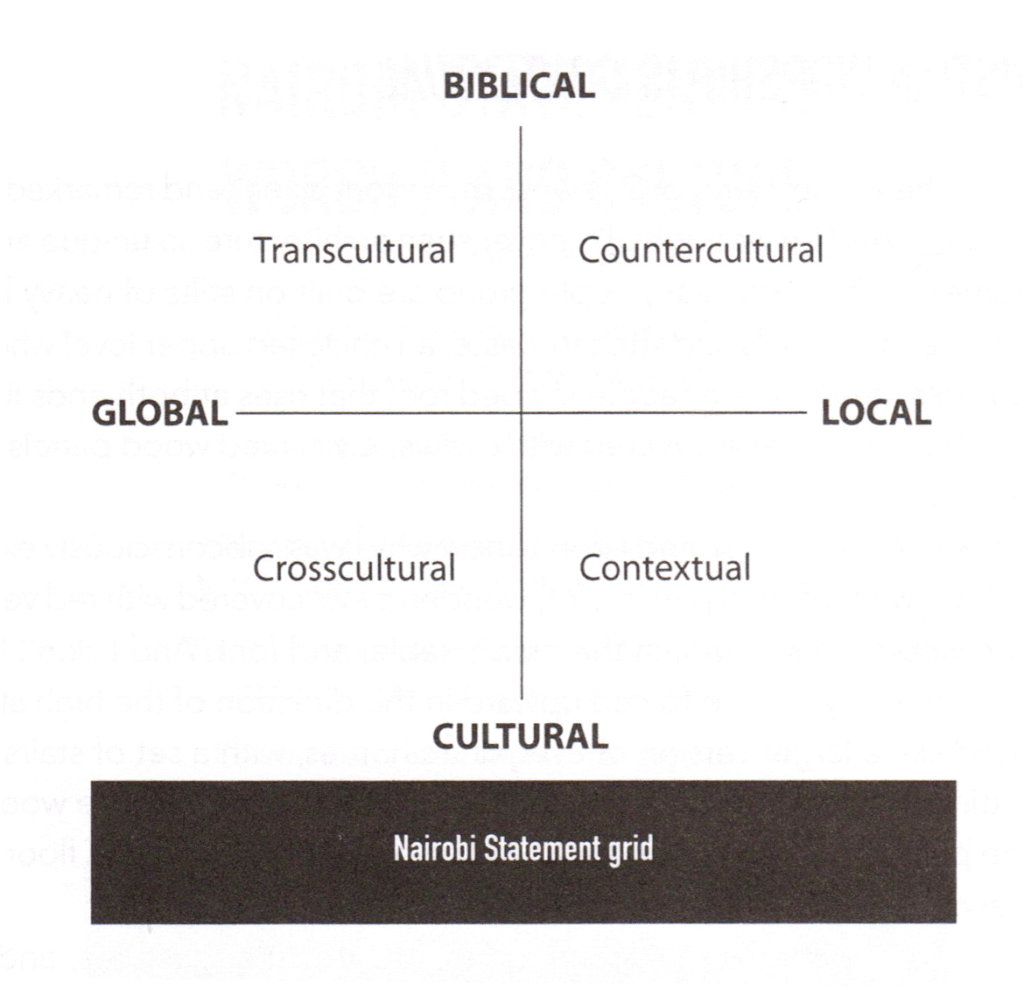Congregational Responsorial Singing in Hadiyya: The Religious, Cultural and Political Implications of an Evangelical Practice
by Finn Aa. Rønne
. . . . . . . . . . . . . . . . . . . .
Videos
(1) Significance of the Translation Principle
» Watch presentation by Lamin Sanneh in 2011:
(2) Responsorial Singing
Hadiyya
» Listen to first part of a gospel song by Yosef Samuel:
» Listen to the gospel songs that function as “bridges” on the “Words of Life” audio tracts released by Gospel Recordings in the 1950s:
Wolaytta
» Listen to an ensemble of “church fathers and mothers”
» Listen to Yohannes Basana and participants at a spiritual conference
Oromo
» Listen to gospel songs by Rev. Caalii Fufaa (cassettes 1 & 2)
» Read overview of the musical sources of Rev. Caalii Fufaa’s songs
in the Oromo hymnbook
Amhara
» Read about agricultural work groups (däbo) and work songs in East Gojam (from Getie Gelaye’s book, Peasants and the Ethiopian State)
Profiles / vignettes of gospel musicians
Hadiyya
- Qaalisha Evangelical singers
(with a recording of a Hadiyya responsorial gospel song from 1972) - Amarech Esatu
- Sabiro Wesero
- Matiwos Ortabo
- Muse’e Tasamma
Kambaata
For further study
(1) Responsorial / Early Christian Singing
Hadiyya and Kambaata
Duff, Clarence W. Cords of Love: A Testimony to God’s Grace in Pre-Italian Ethiopia; As recorded in memorabilie of one of the Sudan Interior Missions’s “C.O.D. Boys.” Phillipsburg, NJ: Presbyterian and Reformed Publishing Co., 1980.
» Read excerpts on gospel music in the Hadiyya area
Other Cushitic ethnic groups
Wedekind, Klaus. “Gedeo Work Songs in the Context of the Ethiopian Revolution (with songs recorded by Eliyas Banaata, Kebbede Gaammo, and Peter Lohmann),” Ethnorêma 9, no. 3 (2013): 1-36. [Online version; paper written in 1977 for a seminar in Addis Ababa]
» Listen to 74 Gedeo work songs (from the 1970s)
(2) Similarities and Differences between Spirit Possession Songs vs. Responsorial Gospel Songs
» Read selected sources / bibliography on cults of spirit possession (focus on Cushitic ethnic groups)
(3) Significance of the Translation Principle
Sanneh, Lamin. Whose Religion is Christianity? The Gospel beyond the West. Grand Rapids, MI; Cambridge, U.K.: William B. Eerdmans, 2003. [Google Books]
Sanneh, Lamin. “Bible Translation, Culture, and Religion,” in The Wiley Blackwell Companion to World Christianity, ed. by L. Sanneh and M. J. McClymond, p. 265-81. Chichester, U.K.: Wiley Blackwell, 2016. [Online version (subscription barrier); Google Books offers a preview up to p. 201, i.e. Sanneh’s chapter is not included]
Walls, Andrew F. “The Translation Principle in Christian History,” in Bible Translation and the Spread of the Church: The Last 200 Years, ed. by Ph. C. Stine, p. 24-39. Leiden, etc.: Brill, 1990. [Online version (subscription barrier)]
Hock, Klaus. “Translated Messages? The Construction of Religious Identities as Translatory Process Messages,” Mission Studies 23, no. 2 (2006), 261-78. [Online version (subscription barrier); critical relecture of Sanneh’s book “Translating the Message”]
(4) LWF, Nairobi Statement on Worship and Culture
Lutheran World Federations’ 1996
“Nairobi Statement on Worship and Culture“ [Online version]
Wilkey, Gláucia Vasconcelos, ed. Worship and Culture: Foreign Country or Homeland? Grand Rapids, MI; Cambridge, U.K.: Wm. B. Eerdmans Publishing Co., 2014. [Google Books]
Zaki, Anne. “Four Ways Culture and Worship Relate,” Mission Frontiers 36, no. 5 (2014): 16-19. [Online version]

(4) Krabill on “Six stages of music development in many Sub-Saharan faith communities”
Krabill, James R. “Culturally Appropriate Worship: Lessons Learned from Mission History in Africa,” Mission Frontiers 36, no. 5 (2014): 13-15. [Online version]
(5) “Worldview”
Kraft, Charles H. Worldview for Christian Witness. Pasadena, CA: William Carey Library, 2008. [not on Google Books, etc.]